The Afterlife Of Dogs Across Cultures
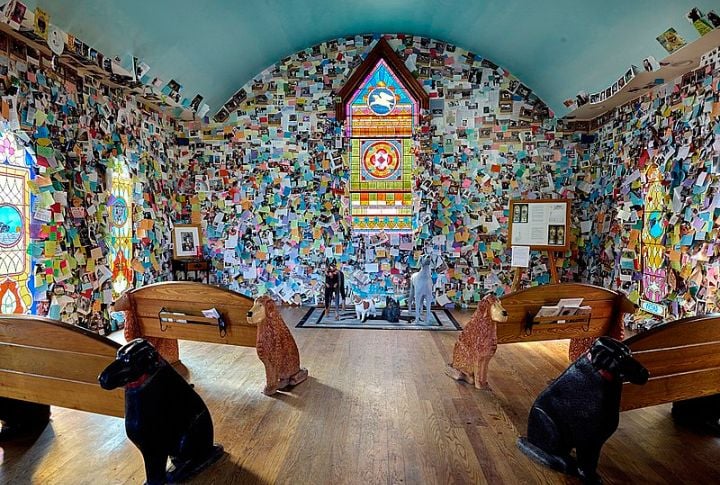
A dog’s love is unwavering, their presence a source of comfort. But what happens when they leave us? Do they cross a celestial bridge, linger as spirits, or fade into memory? Across cultures and beliefs, the afterlife of dogs sparks deep reflection. Could their boundless devotion mean they never indeed depart? Let’s explore the possibilities.
A Western Belief
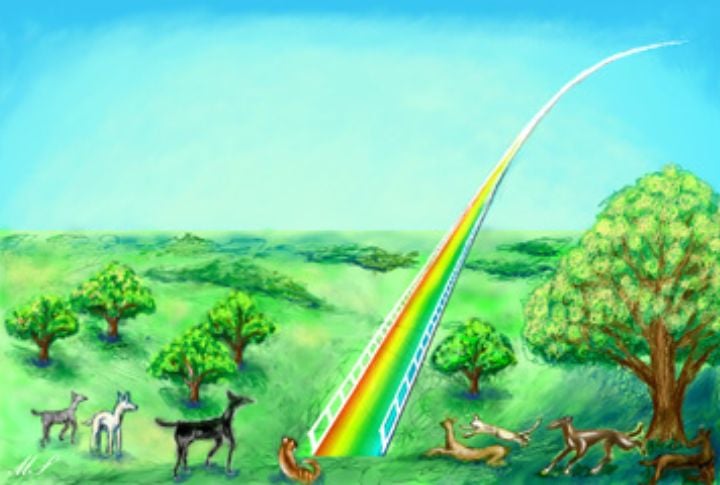
Many grieving pet owners find solace in the idea of the Rainbow Bridge—a serene meadow where dogs run free, waiting for their humans. Though not tied to any religion, this vision carries hope, easing the pain of loss. It also offers reassurance that, someday, a joyful reunion awaits.
The Ancient Egyptian Belief
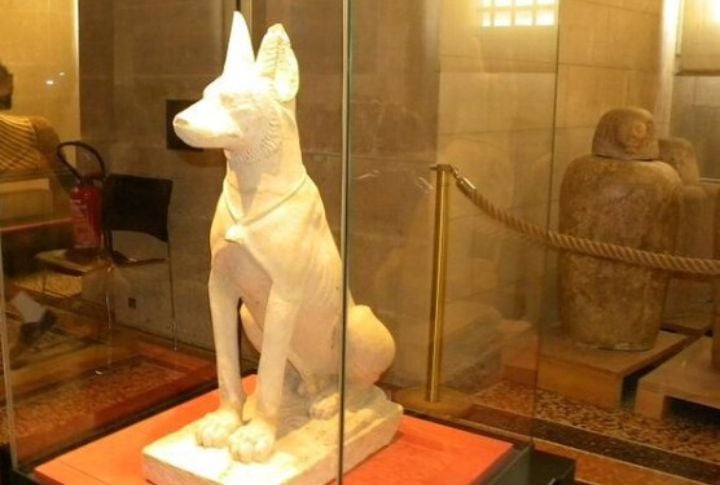
Ancient Egyptians revered dogs, believing they guided souls to the afterlife. Anubis, the jackal-headed god, oversaw this journey, ensuring safe passage. Dogs were often buried with their owners, symbolizing loyalty beyond life. To them, canine companionship transcended earthly existence.
The Shinto Belief

Shinto, Japan’s indigenous belief system, views animals as messengers of the kami (gods). Some shrines, like Mitsumine Shrine, honor sacred wolf-like spirits who were believed to protect humans. In Japanese folklore, dogs are sometimes seen as guardians, and their spirits may linger to watch over their families.
The Global Folklore
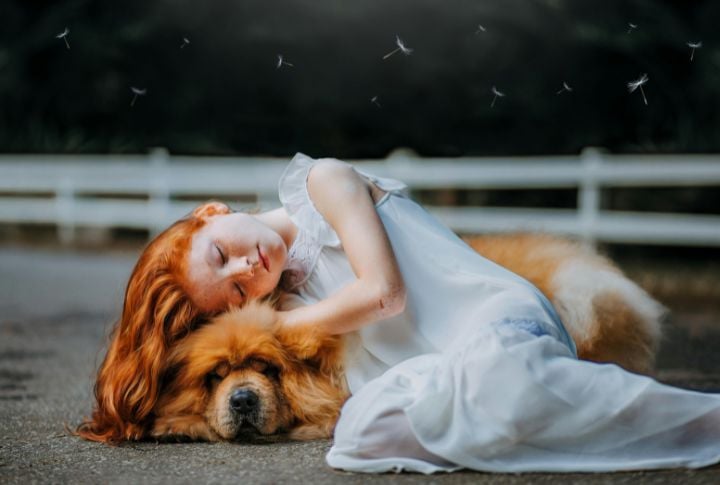
Many claim to sense their deceased dogs through faint paw sounds, a familiar presence, or even dreams that feel too real. Even cultures around the world embrace these occurrences as proof that love anchors spirits to this world. Perhaps some dogs refuse to leave and are still watching over us.
The Christian Belief
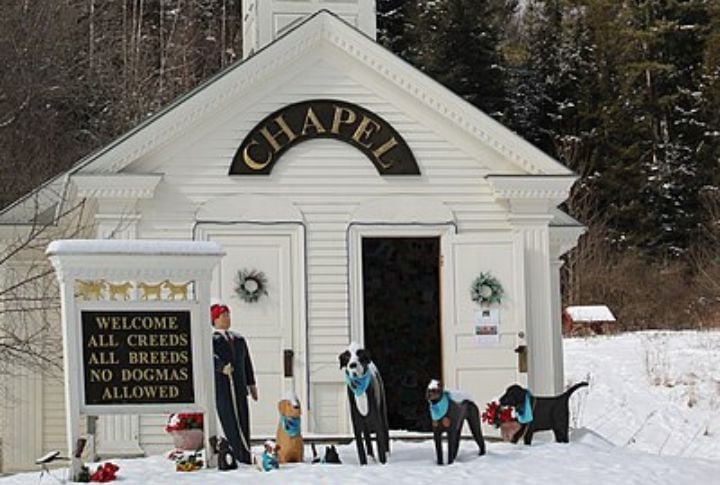
Theologians debate whether animals have souls, but Pope Francis reassured grieving pet owners that paradise is open to all god’s creatures. While not official teachings, this sentiment provides comfort, suggesting loyal companions may have a place in heaven.
The Hindu Belief
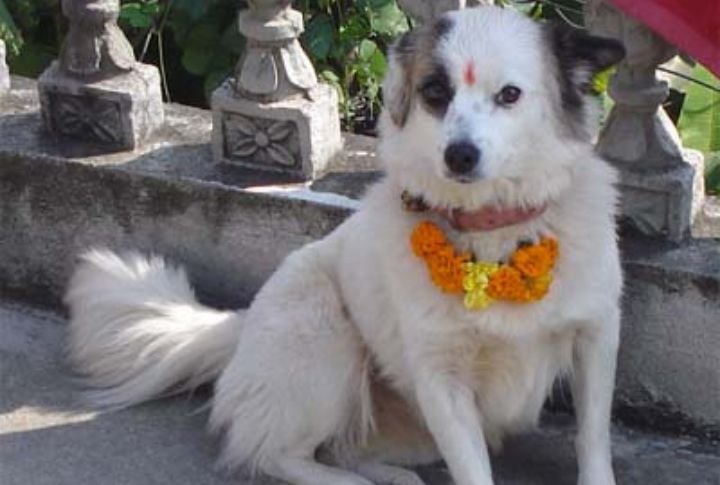
In Hindu beliefs, all living beings, including dogs, are subject to karma and reincarnation. A dog’s next life depends on its past deeds. Some might be reborn as humans, others as animals again. Devout Hindus see dogs as sacred, believing they can aid one’s spiritual journey.
The Norse Belief

In Norse legend, the giant hound Garmr guards Hel, the realm of the dead. Unlike the comforting Rainbow Bridge, this belief portrays dogs as fierce protectors, ensuring only the deserving pass through. Vikings revered their dogs, often burying them with honor.
The Scientific Belief

From a scientific standpoint, death is final—there’s no evidence of an afterlife for humans or dogs. While this view offers no spiritual comfort, it underscores the importance of cherishing our pets in the present. Their love is real, even if their existence ends.
The Buddhist Belief

Buddhists believe in reincarnation, but a dog’s next life here also depends on karma. A well-loved, kind-hearted dog may progress toward enlightenment. Some Buddhists even consider dogs as spiritual beings, teaching humans lessons of unconditional love and devotion.
The Native American Belief
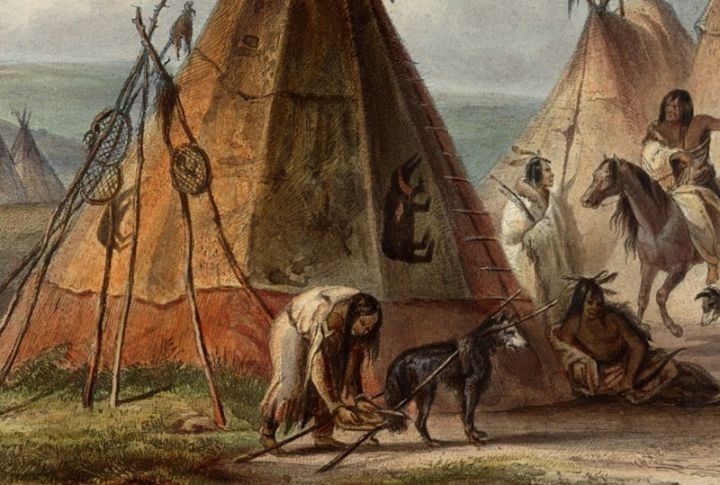
Many Native American tribes regard dogs as sacred. Many think their spirits linger, guiding their owners through life’s challenges. Dogs here are seen as protectors, ensuring safe passage between realms. Plus, their presence in dreams may be a message from beyond.
The Islamic Belief
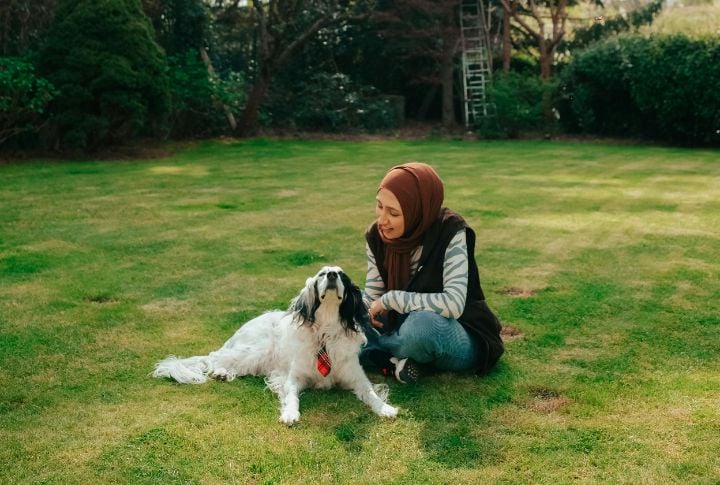
In Islamic teachings, dogs hold complex symbolism—sometimes revered, sometimes viewed with caution. While the Quran does not explicitly state whether dogs enter paradise, some Hadiths suggest that all creatures will face judgment, leaving room for interpretation.
The Spiritual Belief

For many, a dog’s love never fades. Whether through dreams or unexplained comfort, their presence is felt long after they’re gone. It might not always be a ghostly appearance, but the true afterlife of dogs lies in the hearts of those who love them.
The Cynocephali Legend

Ancient texts describe Cynocephali, dog-headed humanoids who were believed to possess intelligence and speech. Some myths claim those were once dogs were later transformed into humanoid beings through divine or supernatural means. Though primarily dismissed as legend, the idea raises intriguing questions about transformation in the afterlife.
Aztec Beliefs

The Aztecs believed that the Xoloitzcuintli (Mexican hairless dog) guided souls through the underworld, Mictlán. Dogs were often buried with their owners to assist in this journey. This belief again highlights the sacred role of dogs in helping humans transition to the afterlife.
The Zoroastrian Belief
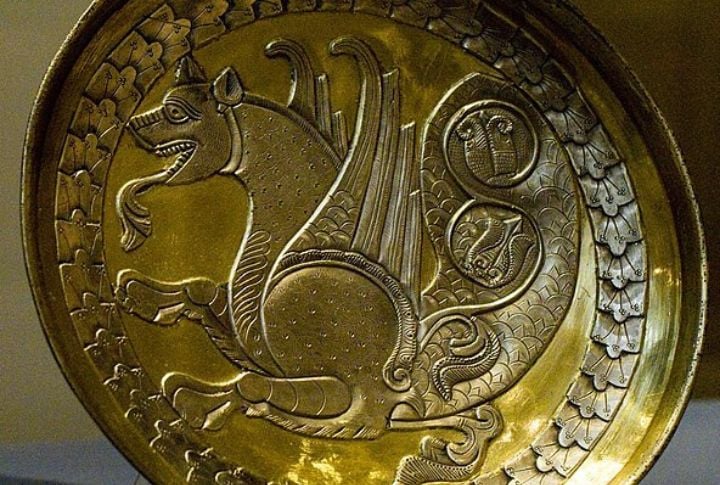
Zoroastrians see dogs as protectors of the soul’s journey. During rituals, a dog watches over those who have gone, ensuring safe passage. Their gaze is believed to ward off evil, reinforcing their sacred role in guiding spirits beyond earthly existence.






